Research
Labour Market Information (LMI)
Find out the latest supply and demand trends that are reshaping the environmental sector and its workforce in Canada
Labour Market Information involves workforce supply and demand for the entire economy or specific industries, regions, occupations and specific demographic data and trends.
It is also useful for job search, career planning, program and policy pronouncements, workforce planning and finding new markets for products and services.
The Environmental Workforce Defined:
Two Classification Streams
The environmental workforce is broad and includes workers across various industries and occupations that drive or support the goals of environmental protection, resource management and sustainability.
1. Core Environmental Workers: Any worker, regardless of industry, requiring environmental competencies as defined within our competency standards and sector framework.
2. Environmental Goods & Services Sector Workers: Direct employees of firms classified under the environmental goods and services (EGS) sector, regardless of occupation and whether the role requires environmental technical competencies.
Latest Labour Market Research
Environmental Workforce Diversity Factsheets
Taking the first step in the development of an equitable and inclusive environmental workforce in Canada requires an improved understanding of the current levels of diversity across the sector. To this end, these factsheets, based on a 2021 national HR survey of employers, look to provide a profile of diversity across the environmental workforce in Canada.
National Environmental Workforce Strategy Framework
On March 9, 2021, over 40 environmental sector stakeholders gathered to discuss current workforce issues facing the sector. Twelve broad strategic solutions were identified to address workforce attraction, retention and development issues related to employment.
Updated: Environmental Labour Outlook to 2025
In 2020 we released two reports looking at the challenges and opportunities facing the environmental sector and its workforce. Though the challenges and opportunities facing the sector remain, our numbers have been updated to reflect the effects of the COVID-19 pandemic.
Report Catalogue
Discover career pathways, environmental employment trends and sector characteristics in our reports. Access all our reports for free.
- Labour supply and demand insights
- Sectoral workforce changes
- Competencies in demand
- HR information
Our research is funded by the Government of Canada’s Sectoral Initiatives program and has been credited with defining best practices for environmental professionals, as well as creating a culture of accountability for government, industry and academia.
Environmental
Job Market Trends
(July to September 2021)
With at least 75% of job vacancies in Canada advertised on the web, online job postings are a useful indicator of hiring needs and areas of demand.
View our analysis of job postings for the third quarter of 2021.
Research Community
Interact with like-minded professionals and contribute to environmental research and trending topics in the industry by joining our research community. Voice your opinions on the training and industry expertise that matter most.
National Occupational Standards (NOS)
As environmental competencies and solutions have evolved over years, so too have definitions of the environmental workforce.
Our research team conducts extensive labour market research using survey data, secondary statistics from large government databases, and job ad data. For more information on how we classify environmental workers, and the environmental employment sector, download our research report.
Blog Articles
Learn more about the latest sector news and updates on the ECO Canada blog.
Our research is funded by the Government of Canada’s Sectoral Initiatives program and has been credited with defining best practices for environmental professionals, as well as creating a culture of accountability for government, industry and academia.

